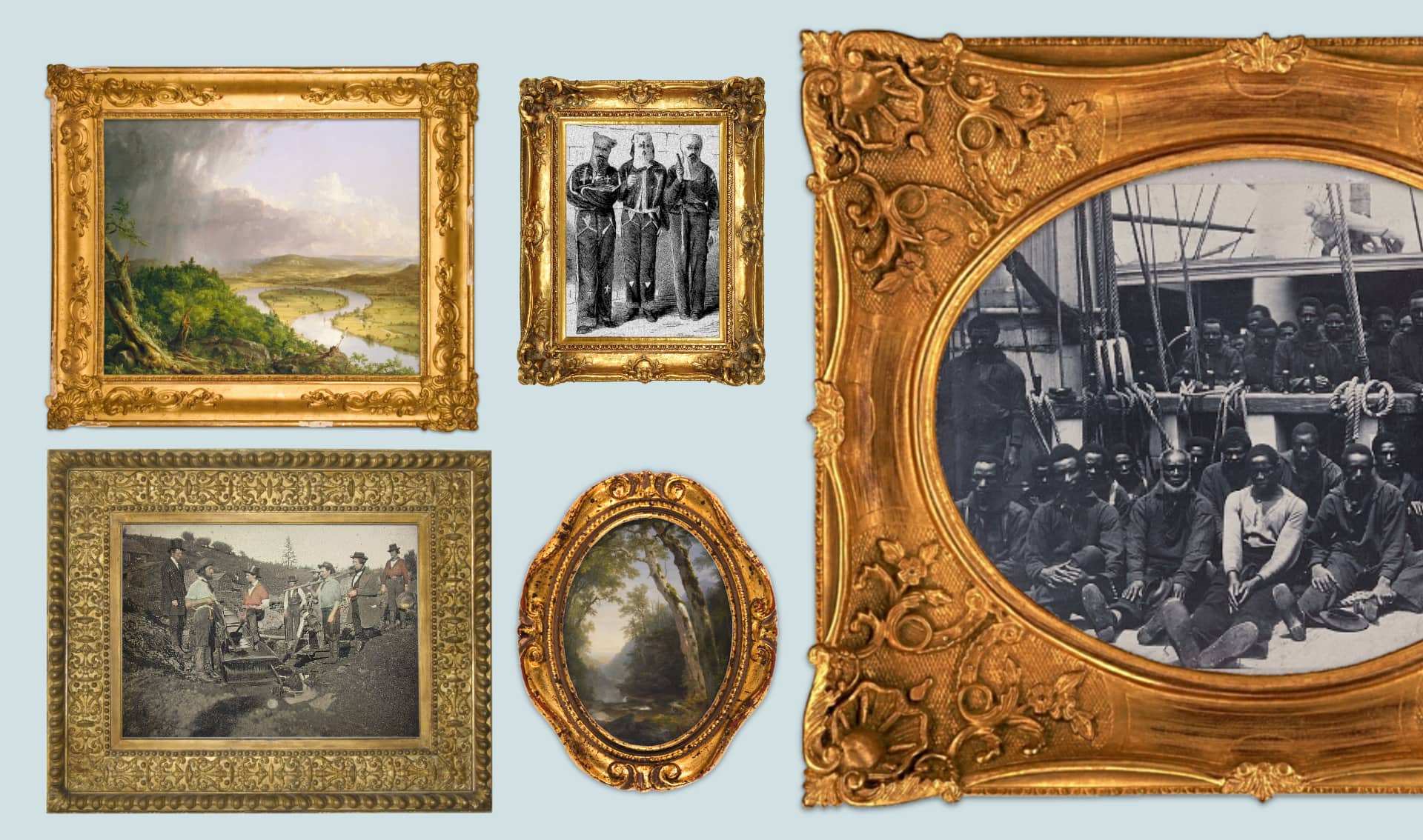The people of the United States came from different parts of Europe, and therefore brought with them different traditions and cultural heritage. This heterogeneous nature gave a very particular flavour to the cultural and recreational activities of the early Americans. The mingling of Dutch, Spanish, English, German and French customs was in itself peculiar enough. Added to this eclectic picture was the heritage and culture of the Indigenous Peoples and, later, of the black slaves.
The initial period of the colonial settlers was based on two major factors, Religion and Survival. It must be remembered that many settlers were religious dissidents who found, in the New World, a new land of religious freedom. Much of their leisure time was therefore dedicated to worship and to religious activities. The Quakers, Puritans and Protestants, for example, found great gratification in the building of churches and in the sharing of their resources with each other. They also used to organise village feasts with religious overtones; a reflection of the European saint’s day, or the British “maypole” festivities.
Being still very religious in nature, the colonial Americans were not inclined to drink hard liquor and their typical beverages consisted of apple cider or fruit juices. Survival was naturally a typical characteristic of the early American settlers. Their existence depended mainly on farming, agriculture and the production of raw materials.
However, the cultural and recreational activities in the Southern colonies were quite different. The south was plagued with the tragic events linked to slavery and the exploitation of the slaves.
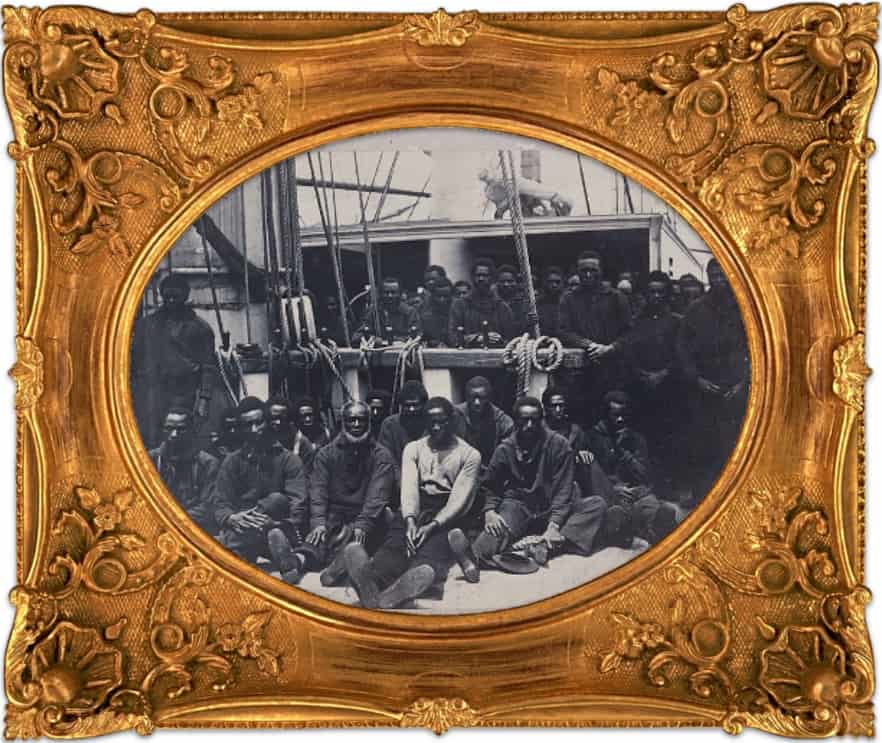
Enslaved Africans were introduced in the English Colonies in 1619, when a Dutch ship touched the port of Jamestown and sold twenty Africans to the colonial settlers there. This source of cheap labour soon spurred other settlers to look for black slaves, especially to exploit them for their hard work on the Tobacco Plantations.
Very soon the existence of the Southern American was characterised by wealth and luxury. They used to hold lavish parties in their mansions and unlike their northern counterparts, they used to smoke and drink for mere pleasure.
Naturally things changed drastically for the south after the Civil War and the abolition of slavery. The southern communities had to adapt to the new situation, but it was difficult for them to give up their sumptuous way of life. Unfortunately, the abolition of slavery had the adverse effect, in some southern states, of developing a racist culture and to the forming of racist groups like the Ku Klux Klan.
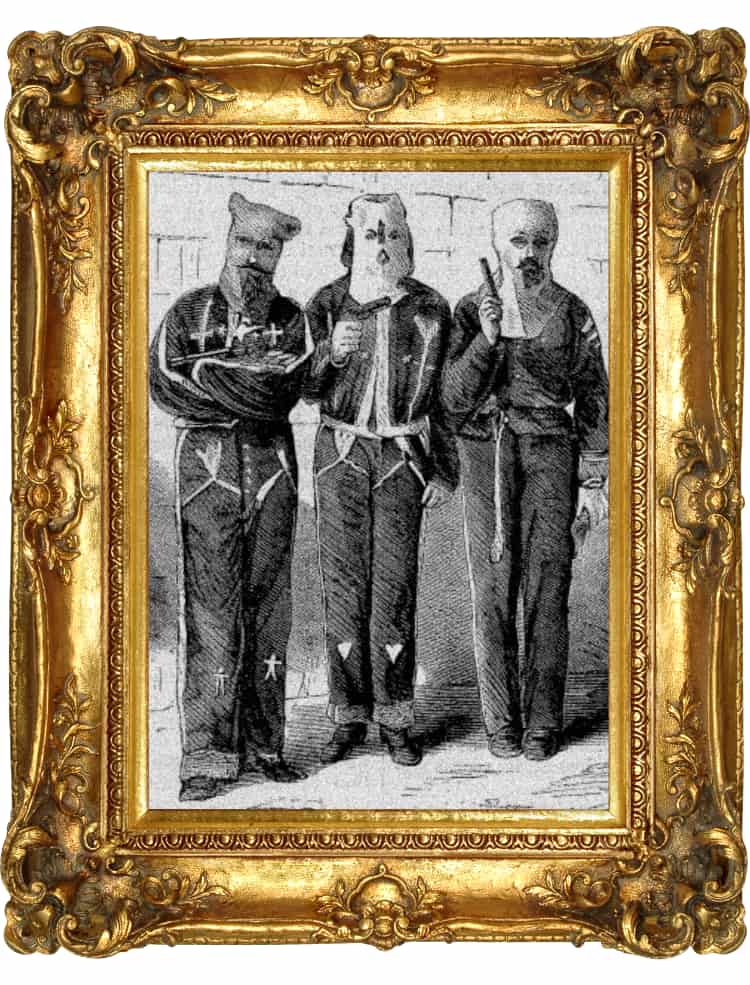
The African-American culture developed in its own right. Their music was particularly iconic and legendary. They gave birth to soul, spiritual and blues. It was their passionate and emotional love of music and self expression that later led to the wonderful music of George Gershwin and his magnificent works like the folk opera Porgy and Bess (1935).
As America began to gel positively into one nation, the eastern settlers were beginning to get “itchy feet” and felt the need to spread further inland towards the west. These pioneers kept creating new frontiers by thrusting themselves ruthlessly and courageously westwards, towards Oregon and Santa Fe. They were very tough and hard-working, with a strong sense of commitment and community. They had no qualms, however, in fighting with the native Americans and hunting wild animals. Their primary aim was to discover new settlements.
The discovery of gold in California during the 1840s helped to contribute to this rush westwards. In this case it was a real historical rush… the Gold Rush.
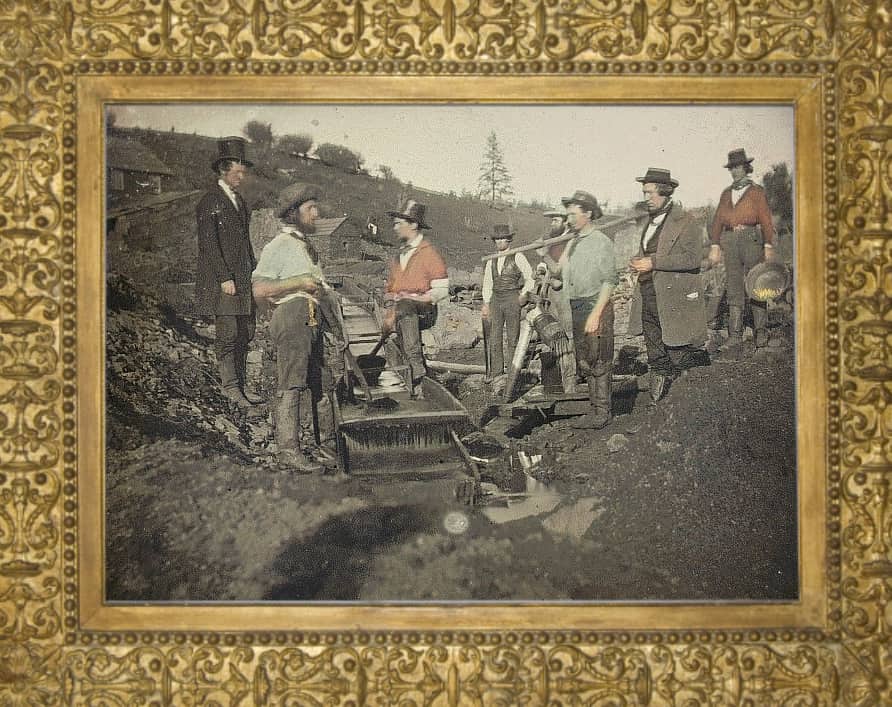
Many people were lured to the west in the hope of becoming rich. In 1849, over 100,000 adventurers from all over the world flocked to California in search of gold. Mines spread like wildfire. These people, in frantic search of gold in 1849, were known as “the forty-niners”. Gold mining and gold searching became part of life in western America throughout the 1850s and 1860s.
As regards art, the westward expansion meant that land was the primary source of wealth. Not surprisingly, artists ventured into the Hudson River Valley, the Plains and the Rockies, in search of landscapes to be able to paint and capture on canvas for the first time. The prevailing artistic aim for these artists was a form of realism that utilised on-the-spot studies, complete with an excess of details, to then create paintings back in their studios.
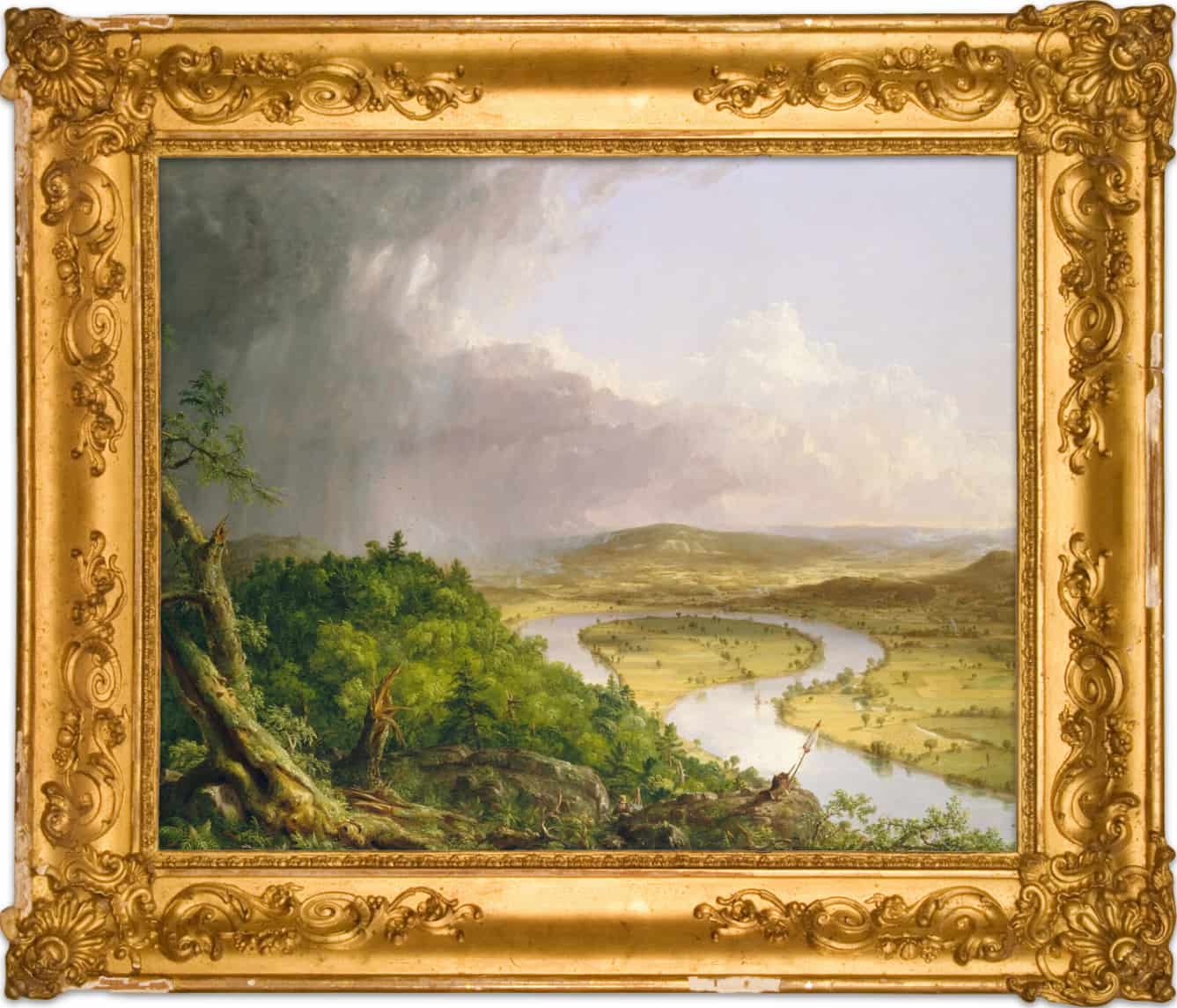
However, landscape painting began to emerge about 1835 as the most original current in American art, remaining dominant during much of the 19th century. Artists of the Hudson River School began to paint dramatic landscapes depicting the majesty of the American wilderness.
The second generation of the Hudson River School concentrated on effects of light and atmosphere in a manner known as luminism. Other styles of the time included still-life painting and historical painting that recorded important social or political events. Amongst this type of 19th century painting, it is important to note the painter Mary Cassatt, who painted stunning pictures of the American way of life.
Colonial art and architecture had generally reflected the traditions of the European colonising nations, with Spanish influence dominating in the West and English in the East. Seventeenth-century English colonial architecture in the American Northeast resembled the late medieval forms that survived in rural England.
- In the next part of this series we will be exploring the development of the embryonic literary tradition of the United States; a tradition that stemmed from the deep intellectual spirit of the Puritan settlers.


